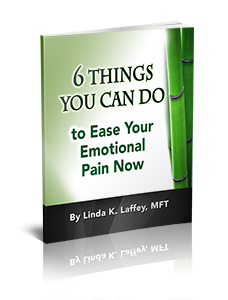Some degree of worry or anxiety is normal. It’s what keeps us safe, activating the fight-or-flight part of our nervous systems to protect us.
Yet anxiety has a stealthy way of sneaking into our daily lives, even when there seems to be no immediate threat. Wreaking havoc on both your body and mind, high anxiety can ruin your day or even every day, in fact.
Fortunately, various strategies exist to help you manage your level of anxiety. Distraction is one of these methods.
Here’s how to use the art of distraction to your advantage and reclaim your calm.
Understanding Distraction at Its Best
First, it’s vital to wrap your mind around what healthy distraction really is. After all, it can easily be mistaken as a “way out” of confronting your actual fears.
However, in this case, distraction isn’t turning a blind eye or “tricking” yourself to power through your anxiety. Rather, it’s a subtle refocusing of your mind with the help of other stimuli.
Unhealthy Distraction
For example, an unhealthy distraction would be using something—medication, technology, alcohol, etc.— to produce a sort of pseudo courage to climb the Empire State Building, though you have a fear of heights.
This type of distraction is more of a mask than a method to manage anxiety.
Healthy Distraction
A healthy distraction would be better described as participating in an activity—playing an instrument, gardening, painting, etc.—to help refocus your mind. The goal is to direct your mind away from the negative thoughts and towards a newly composed song or well-kept flower bed, for example.
Harness the Power of Engagement
A prominent reason anxiety can take over your life is that it’s easy to become concerned with it. Worrisome thoughts and physical symptoms of anxiety tend to take center stage quite quickly.
By using a healthy distraction to manage your anxiety, you’re essentially sending the message to your mind that there is something more important to pay attention to at this moment.
Healthy distraction works because it engages you. And the more engaged you are with life, the less concerned you are with the symptoms and thoughts brought on by anxiety.
Instead, distraction allows you to focus on how you are feeling at the present moment. It goes hand-in-hand with the popular idea of practicing mindfulness, being in the here and now.
Distraction Helps Build New Skills
Engaging in a healthy distraction also encourages your mind and body to be less sensitive to anxiety symptoms.
Normally, feeling your heart rate increase or sensing your breath quicken, you focus on those things. Symptoms of anxiety are very real, having an intensity that often demands your attention.
Yet, doing an activity that you enjoy and one that makes you feel good, builds new skills.
Building these new skills is a lot like a train track that is capable of switching from the left-side track to the right-side track. Engaging in a healthy distraction empowers you to switch the train tracks of your mind.
The more you empower yourself, the weaker the force of your anxiety becomes.
As mentioned before, you are communicating to your entire being that anxiety isn’t the path for you. A healthy distraction gives you the space to put your focus somewhere else and not on anxiety.
Take the first step…
If you struggle with anxiety, and you’re ready to start resolving those issues, I would like to help.
Please contact me via phone or email so we can discuss how we might work together to achieve your therapeutic goals as quickly and effectively as possible.
I look forward to hearing from you.
Linda K. Laffey, MFT


